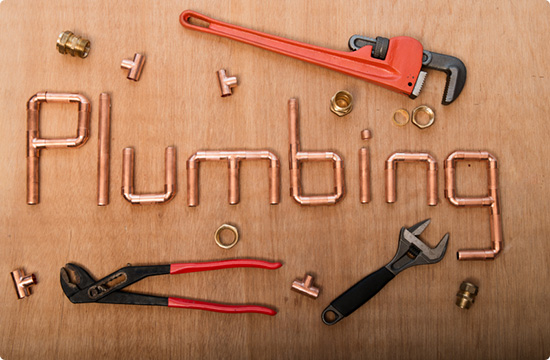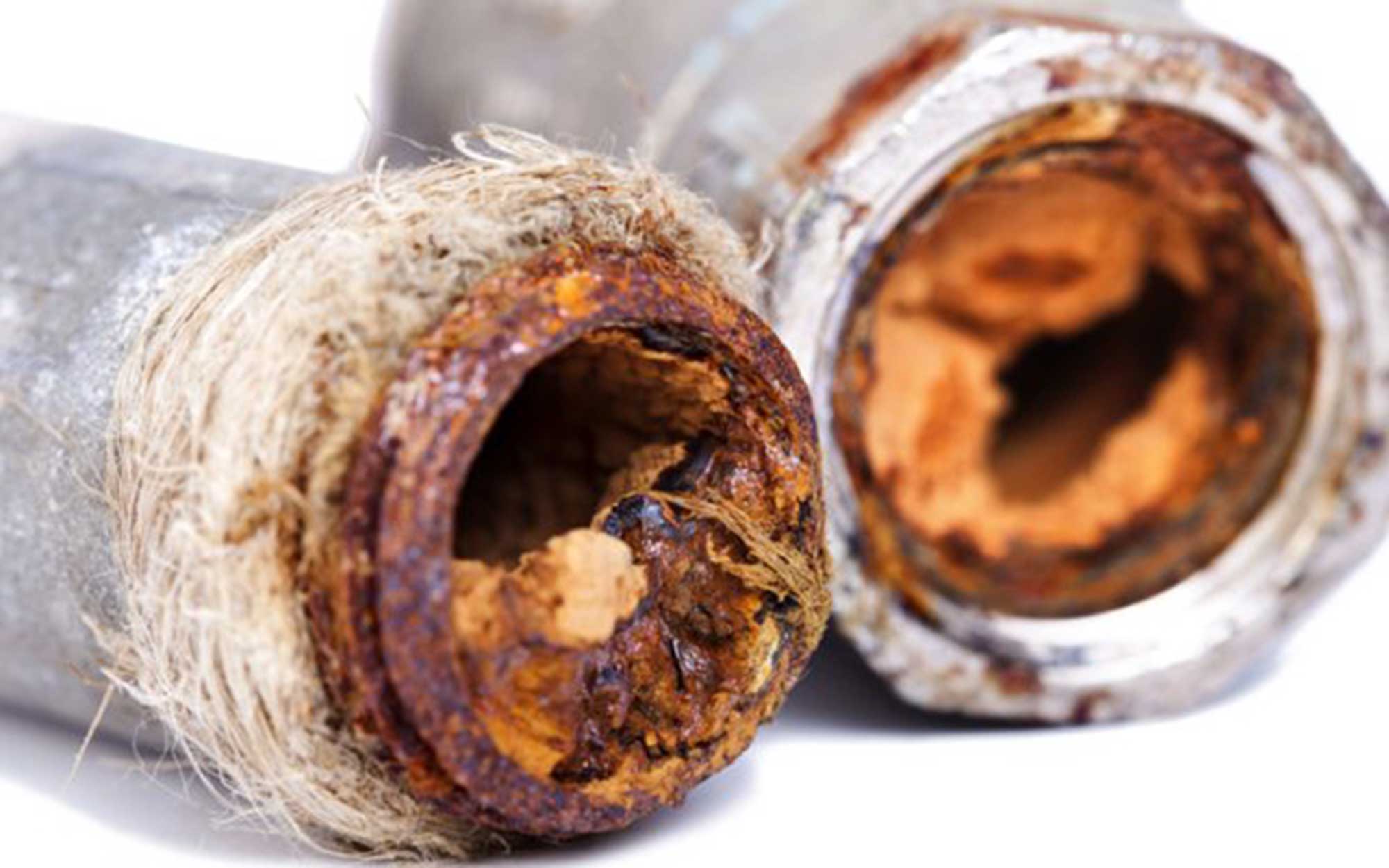Locating and Correcting Annoying Plumbing in Your Dwelling
Locating and Correcting Annoying Plumbing in Your Dwelling
Blog Article
Just about every person has got his or her own conception involving Why Do My Plumbing Pipes Make A Knocking Noise.

To identify noisy plumbing, it is essential to figure out first whether the undesirable noises happen on the system's inlet side-in other words, when water is transformed on-or on the drain side. Sounds on the inlet side have actually differed causes: too much water stress, used shutoff and faucet parts, incorrectly attached pumps or other home appliances, improperly placed pipe bolts, and also plumbing runs including way too many limited bends or other limitations. Sounds on the drainpipe side usually originate from inadequate area or, similar to some inlet side sound, a design having tight bends.
Hissing
Hissing noise that occurs when a tap is opened somewhat normally signals too much water stress. Consult your regional public utility if you suspect this issue; it will certainly have the ability to inform you the water stress in your area and can mount a pressurereducing valve on the inbound water supply pipeline if required.
Thudding
Thudding noise, commonly accompanied by trembling pipes, when a faucet or appliance shutoff is switched off is a condition called water hammer. The sound as well as resonance are caused by the resounding wave of stress in the water, which instantly has no place to go. In some cases opening a valve that discharges water swiftly into a section of piping including a constraint, elbow joint, or tee installation can produce the exact same problem.
Water hammer can typically be cured by mounting fittings called air chambers or shock absorbers in the plumbing to which the problem shutoffs or taps are connected. These gadgets permit the shock wave created by the halted flow of water to dissipate in the air they include, which (unlike water) is compressible.
Older plumbing systems may have brief upright sections of capped pipeline behind walls on tap competes the same objective; these can eventually fill with water, reducing or damaging their effectiveness. The remedy is to drain pipes the water supply totally by turning off the main water system shutoff and also opening all faucets. Then open the primary supply valve as well as close the faucets one at a time, beginning with the tap nearest the valve and also ending with the one farthest away.
Babbling or Screeching
Extreme chattering or shrieking that takes place when a valve or faucet is switched on, and that usually disappears when the fitting is opened fully, signals loose or defective interior parts. The solution is to replace the valve or faucet with a new one.
Pumps and devices such as cleaning equipments and dishwashers can move motor noise to pipelines if they are improperly attached. Link such items to plumbing with plastic or rubber hoses-never inflexible pipe-to isolate them.
Other Inlet Side Noises
Creaking, squeaking, scraping, breaking, and also touching usually are brought on by the development or contraction of pipes, usually copper ones providing warm water. The audios take place as the pipes slide versus loose bolts or strike neighboring home framing. You can often determine the location of the trouble if the pipelines are revealed; simply follow the noise when the pipes are making noise. Probably you will discover a loosened pipe hanger or an area where pipelines lie so close to flooring joists or other mounting pieces that they clatter against them. Attaching foam pipeline insulation around the pipes at the point of contact need to remedy the trouble. Make certain bands as well as hangers are secure and also offer adequate support. Where possible, pipe bolts need to be attached to enormous structural aspects such as structure walls rather than to framing; doing so minimizes the transmission of resonances from plumbing to surface areas that can amplify and transfer them. If attaching bolts to framing is inevitable, wrap pipes with insulation or other durable material where they get in touch with bolts, and sandwich completions of new fasteners in between rubber washing machines when installing them.
Dealing with plumbing runs that experience flow-restricting tight or various bends is a last option that should be taken on only after speaking with an experienced plumbing service provider. Sadly, this scenario is fairly typical in older residences that may not have actually been developed with indoor plumbing or that have actually seen numerous remodels, specifically by novices.
Drainpipe Sound
On the drainpipe side of plumbing, the chief objectives are to remove surfaces that can be struck by falling or hurrying water and also to shield pipes to have inescapable sounds.
In new building and construction, tubs, shower stalls, bathrooms, as well as wallmounted sinks and basins ought to be set on or against resistant underlayments to decrease the transmission of noise with them. Water-saving commodes as well as faucets are much less loud than traditional versions; install them as opposed to older types even if codes in your location still permit making use of older fixtures.
Drainpipes that do not run up and down to the basement or that branch right into straight pipe runs sustained at flooring joists or other mounting existing especially frustrating sound problems. Such pipes are huge enough to radiate significant resonance; they likewise lug significant quantities of water, which makes the circumstance even worse. In new building, define cast-iron dirt pipes (the large pipes that drain bathrooms) if you can afford them. Their massiveness includes a lot of the sound made by water travelling through them. Also, stay clear of directing drainpipes in walls shared with rooms as well as spaces where people collect. Walls consisting of drains should be soundproofed as was explained earlier, utilizing dual panels of sound-insulating fiber board and wallboard. Pipelines themselves can be wrapped with special fiberglass insulation produced the objective; such pipes have an impervious plastic skin (often consisting of lead). Results are not constantly acceptable.
3 Most Common Reasons for Noisy Water Pipes
Water hammer
When water is running and is then suddenly turned off, the rushing liquid has no place to go and slams against the shut-off valve. The loud, thudding sound that follows is known as a water hammer. Besides being alarming, water hammer can potentially damage joints and connections in the water pipe itself. There are two primary methods of addressing this issue.
Check your air chamber. An air chamber is essentially a vertical pipe located near your faucet, often in the wall cavity that holds the plumbing connected to your sink or tub. The chamber is filled with air that compresses and absorbs the shock of the fast moving water when it suddenly stops. Unfortunately, over time air chambers tend to fill with water and lose their effectiveness. To replenish the air chambers in your house you can do the following. Turn off the water supply to your house at the main supply (or street level). Open your faucets to drain all of the water from your plumbing system. Turn the water back on. The incoming water will flush the air out of the pipes but not out of the vertical air chamber, where the air supply has been restored. Copper pipes
Copper pipes tend to expand as hot water passes through and transfers some of its heat to them. (Copper is both malleable and ductile.) In tight quarters, copper hot-water lines can expand and then noisily rub against your home's hidden structural features — studs, joists, support brackets, etc. — as it contracts.
One possible solution to this problem is to slightly lower the temperature setting on your hot water heater. In all but the most extreme cases, expanding and contracting copper pipes will not spring a leak. Unless you’re remodeling, there's no reason to remove sheetrock and insert foam padding around your copper pipes.
Water pressure that’s too high
If your water pressure is too high, it can also cause noisy water pipes. Worse, high water pressure can damage water-supplied appliances, such as your washing machine and dishwasher.
Most modern homes are equipped with a pressure regulator that's mounted where the water supply enters the house. If your home lacks a regulator, consider having one professionally installed. Finally, remember that most plumbers recommend that water is delivered throughout your home at no lower than 40 and no greater than 80 psi (pounds per square inch).
Whatever the state of your plumbing, one thing is certain — you’re eventually going to encounter repair and replacement issues around your home that require professional help. That’s where American Home Shield can come to your aid.
https://www.ahs.com/home-matters/repair-maintenance/causes-of-noisy-water-pipes/

As an enthusiastic person who reads about Why Do My Pipes Make Noises, I think sharing that excerpt was smart. Feel free to take the opportunity to distribute this entry if you appreciated it. Thanks a lot for going through it.
Plumbing woes? Connect. Report this page